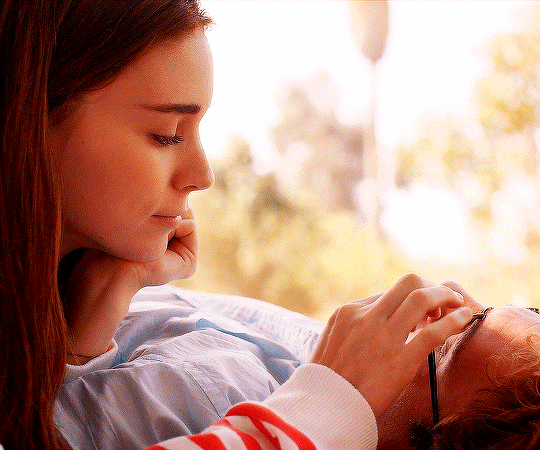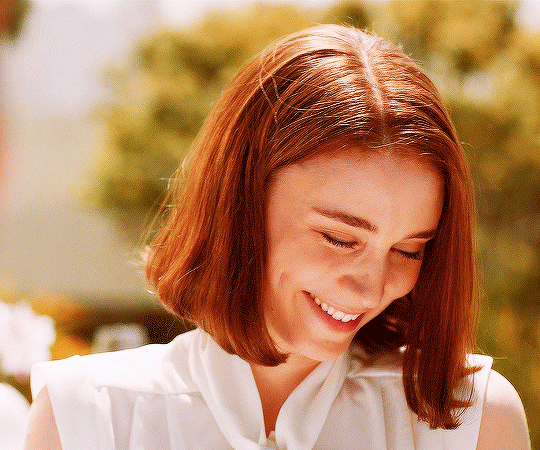Don't wanna be here? Send us removal request.
Text





Dinosaur lighting studies based off of models done by Jacob Baardse and Ville Sinkonen
199 notes
·
View notes
Photo








Dear Catherine, I’ve been sitting here thinking about all the things I wanted to apologize to you for. All the pain we caused each other. Everything I put on you. Everything I needed you to be or needed you to say. I’m sorry for that. I’ll always love you ’cause we grew up together and you helped make me who I am. I just wanted you to know there will be a piece of you in me always, and I’m grateful for that. Whatever someone you become, and wherever you are in the world, I’m sending you love. You’re my friend to the end. Love, Theodore.
HER (2013) dir. Spike Jonze
4K notes
·
View notes
Photo

Jupiter in infrared, Shoemaker–Levy 9 collision (left), Io (right)
Comet Shoemaker–Levy 9 was a comet that broke apart in July 1992 and collided with Jupiter in July 1994, providing the first direct observation of an extraterrestrial collision of Solar System objects. This generated a large amount of coverage in the popular media, and the comet was closely observed by astronomers worldwide. The collision provided new information about Jupiter and highlighted its possible role in reducing space debris in the inner Solar System.
source
2K notes
·
View notes
Photo

First Ever Image of a Multi-Planet System around a Sun-like Star Captured by ESO Telescope
The European Southern Observatory’s Very Large Telescope (ESO’s VLT) has taken the first ever image of a young, Sun-like star accompanied by two giant exoplanets. Images of systems with multiple exoplanets are extremely rare, and — until now — astronomers had never directly observed more than one planet orbiting a star similar to the Sun. The observations can help astronomers understand how planets formed and evolved around our own Sun.
The two gas giants orbit their host star at distances of 160 and about 320 times the Earth-Sun distance. This places these planets much further away from their star than Jupiter or Saturn, also two gas giants, are from the Sun; they lie at only 5 and 10 times the Earth-Sun distance, respectively. The team also found the two exoplanets are much heavier than the ones in our Solar System, the inner planet having 14 times Jupiter’s mass and the outer one six times.
Source
686 notes
·
View notes
Text
Que idilio sería despertar y encontrarte en una realidad nueva, que realmente puedas salir, escuchar a tus amigos, dar un paseo por el parque con tu mascota, fumar un cigarrillo bajo la lluvia.
Sin ecos de preocupación, de aislamiento y al final de cuentas de muerte.
No es que nos preparemos para nuevas normalidades, queremos creer realmente qué se puede restablecer todo, porque nos daría cierta estabilidad, pero quizá ese todo y esa realidad es la que debió cambiar desde un principio, en cada uno.
1 note
·
View note
Photo
Todo iba bien hasta el maldito final.
Como puedes lastimarme tan pero tan fácil?
Me dueles mucho.










Love - Gaspar Noé (2015)
353 notes
·
View notes
Text
Somniosus Microcephalus
Si nuestros corazones también estuviesen contenidos en tinas.
0 notes
Text
Natus ex luna et sol.
Ut praesidio, serenitass et accompanist
1 note
·
View note
Text
Dios perro
Mentiroso dios donde te llevaste mi sueter
Mentiroso dios donde dejaste mis pedacitos de alambre
0 notes
Photo






Sunspot
Sunspots are temporary phenomena on the Sun’s photosphere that appear as spots darker than the surrounding areas. They are regions of reduced surface temperature caused by concentrations of magnetic field flux that inhibit convection. Sunspots usually appear in pairs of opposite magnetic polarity. Their number varies according to the approximately 11-year solar cycle.
Individual sunspots or groups of sunspots may last anywhere from a few days to a few months, but eventually decay. Sunspots expand and contract as they move across the surface of the Sun, with diameters ranging from 16 km (10 mi) to 160,000 km (100,000 mi). The larger variety are visible from Earth without the aid of a telescope. They may travel at relative speeds, or proper motions, of a few hundred meters per second when they first emerge.
Indicating intense magnetic activity, sunspots accompany secondary phenomena such as coronal loops, prominences, and reconnection events. Most solar flares and coronal mass ejections originate in magnetically active regions around visible sunspot groupings.
source
images: NASA/SDO/SOHO/JAXA
5K notes
·
View notes














